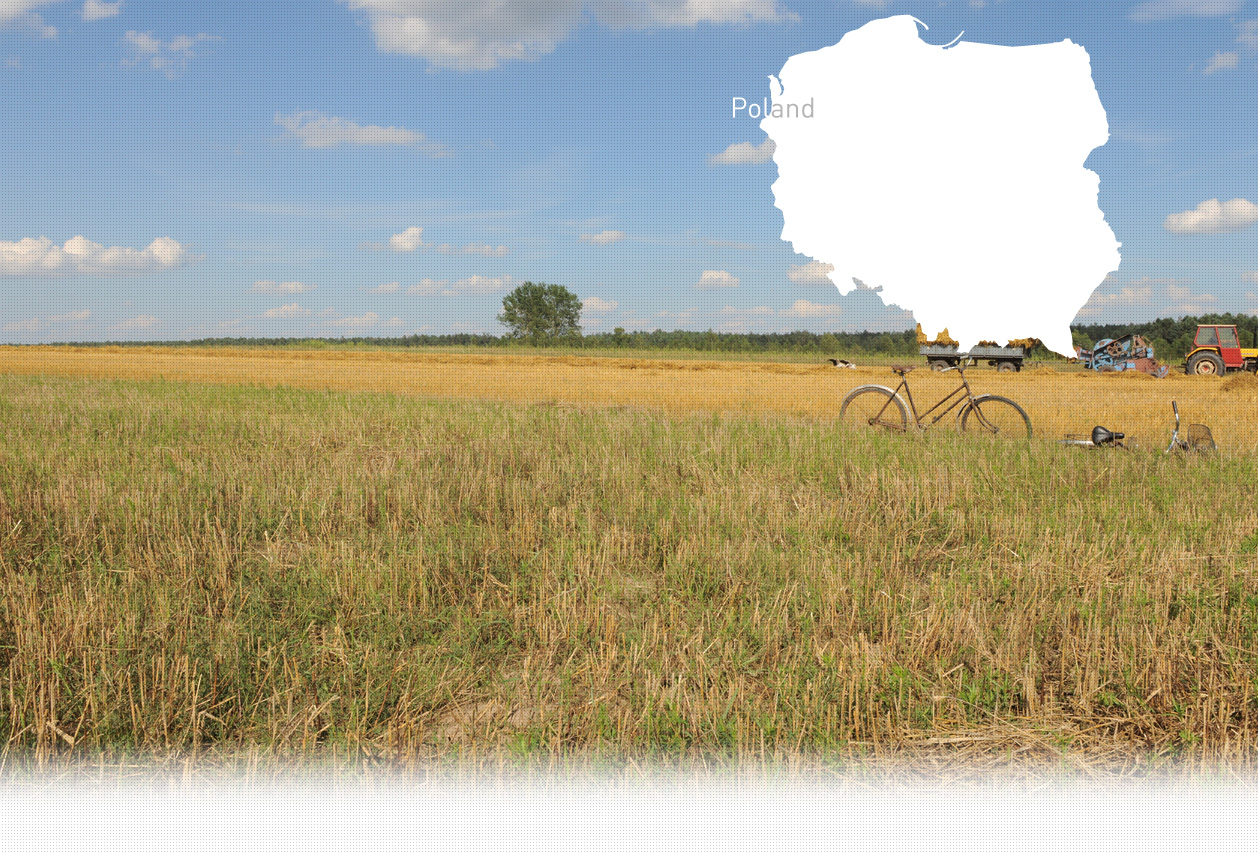

1 Killing site(s)
Jan K., born in 1926, recalls: “I didn’t see women who were holding their babies in their arms. Nazis surely threw them somewhere. Little children were not shot; they were thrown in the pit. I saw this five or six years old child who was thrown alive into the pit by a German. The adults were shot. They were lined up one after another, and then had to walk onto the plank where they were shot. Once shot, their bodies fell inside the pit.” (Witness n°358, interviewed in Tylawa on June 22, 2014)
“1/ Date and place of execution: 25 July 1942 in Tylawa.
2/ Type of execution: shooting.
3/ Date concerning killed people:
-Poles, Jews, foreigners: Jews.
-How many people were killed: about 800.
-Where do the victims come from: from Barwinek, from Mszana, from Ropianka and from Dukla.
-Name, age, job, address:
1. Jarmeszy from Dukla
2. Jankiel from Dukla
3. Naftula from Dukla
Data concerning the other victims are not known.
5/ Who conducted the execution: Gestapo and SS from Krosna and Jasla. The names are not known. [Questionnaire on mass executions and mass graves, n°244 (Miejscowosc : Tylawa, Gmina : Tylawa, Powiat : Krosno, Wojedwodztwo : Rzeszow). N°34; RG-15.019M]
Tylawa is located 85 km south-west of Rzeszow. Only three Jewish families lived in Tylawa before the Second World War. The village was mainly home to Lemki. The cohabitation among the three populations was very harmonious: children went to the same school and mixed-race families existed. The majority of Jews lived in three nearest towns Dukla, located 11 km north of Tylawa, Rymanow, located 24 km north-east of Tylawa, and Jasliska, 9km southeast of Tylawa. The first records about the Jews in the first two towns go back to the end of the 16th century. The Jewish community in Dukla had always been significant there and comprised 79% of the total population of the town. In 1921, out of 2,082 people living in Dukla, 1,509 were Jewish. The Jewish community in Dukla had their own cemetery and a synagogue. There were three Jewish religious schools. The Jewish community from Rymanow wasn’t as numerous as the one from Dukla, but nevertheless it represented half of the total population. In 1921, out of 3,546 inhabitants, 1,412 were Jews. There were two synagogues and a cemetery in Rymanow. At the turn of the 18th and 19th centuries, Rymanów became an important Hasidism center. In Jasliska, 224 Jews lived there in 1921 making up 25% of the total population. The majority of Jews from the area lived off small scale trade. They owned shops or were artisan, for instance tailors, shoemakers, carpenters.
The district was occupied by Germans and Slovaks on September 8-9, 1939. Immediately after that, the persecutions of Jews started and the anti-Jewish measures were implemented. For example, in Dukla On September 22, 1939, German soldiers dragged praying Jews out of the synagogue and beat them. One week, all the Dukla Jews were rounded up at the central square and forced to pay a ransom; then they were ordered to leave the town and move to the Soviet occupation zone. Some of the Jews did, but the majority stayed. The same happened with the Rymarow Jews, but the majority of those who left the town, came back a couple of months later. In June 1942, there were about 1600 Jews in Dukla, including 300 Jews that had been displaced from Polish territories incorporated into the Reich. Next month, 600 more moved to Dukla from the nearby places. The Rymarow Jews were confined into the ghetto created in spring 1942 in the area close to the synagogue. Also soldiers began gathering Jews from the town and the area and also some Jews from Krosno. At its peak, it numbered 1,600 Jews. In 1941, 330 Jews remained in Jasliska.
The extermination of Jews from the area started in late summer 1942.
At this time, after the selection 2,000 Jews from Dukla, mainly women, children and elder people, were rounded-up and sent to Belzec. On August first, the Rymarow Jews, mainly men aged 15 to 35, were selected and sent to the camp in Plaszow. They totaled about 200. Later, they were displaced to the ghetto of Rzeszow where they were murdered along with the local inmates.
The remaining Jews from Dukla, Rymarow and Jasliska were murdered all together on August 13, 1942, in the Bludna forest, between the villages of Tylawa and Barwinek. According to different estimations, there were from 500 to 800. According to eyewitnesses interviewed by Yahad-In Unum, the Jews were brought by truck. Once there, they had to strip naked, then walk onto the wooden plank put across the pit where they were shot by a German. All the valuables and good clothing were taken away, while the old clothing was burned on the site. The pit was dug by the Junaki, local polish young men. Apparently, they were forced, as well, to arrange the bodies inside the pit. It is possible that there were several shootings during the day, as different groups of Jews were brought from different directions.
Another killing took place in spring 1943, during which two Jews from the village of Hyrowa, according to the Polish archives, were shot dead. The bodies were buried near the mass grave in the Budla forest.
Do you have additional information regarding a village that you would like to share with Yahad ?
Please contact us at contact@yahadinunum.org
or by calling Yahad – In Unum at +33 (0) 1 53 20 13 17